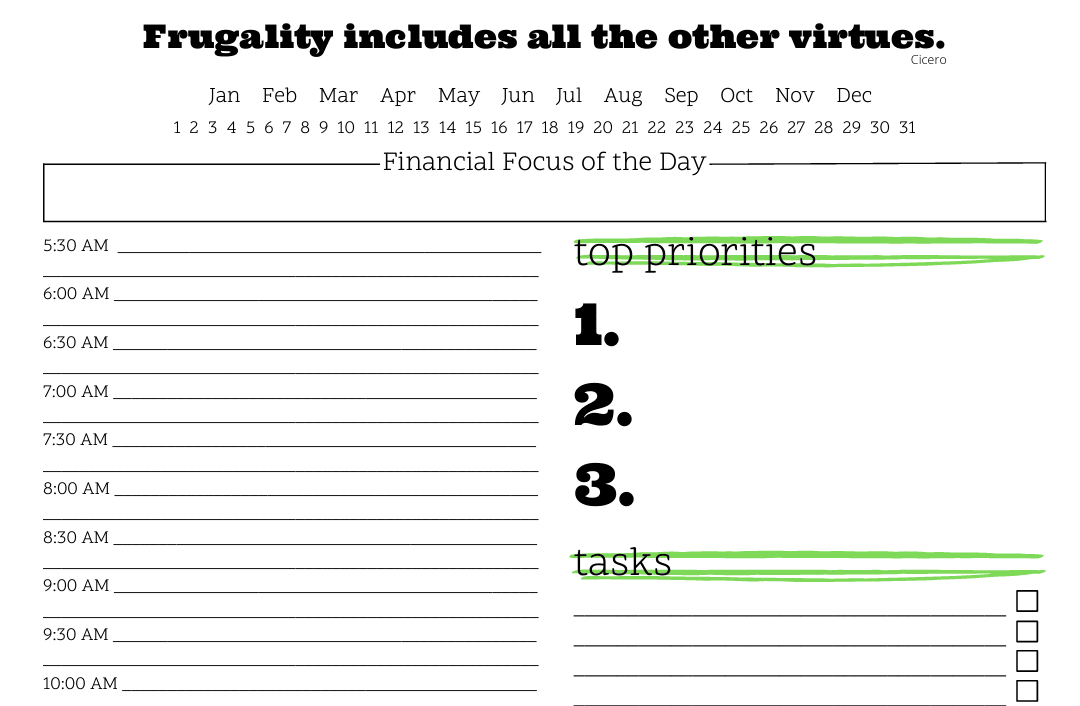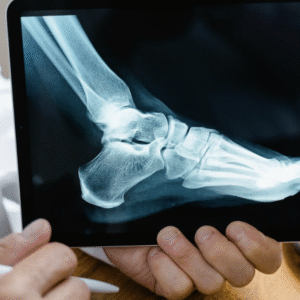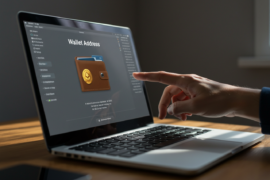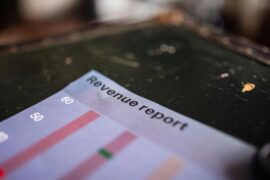This article may contain references to products or services from one or more of our advertisers or partners. We may receive compensation when you click on links to those products or services. Nonetheless, our opinions are our own.
The information presented in this article is accurate to the best of our knowledge at the time of publication. However, information is subject to change, and no guarantees are made about the continued accuracy or completeness of this content after its publication date.
The rise of the gig economy has transformed how millions of people earn a living. From freelance designers and delivery drivers to online tutors and small e-commerce sellers, more workers are turning to side hustles to boost their income or achieve financial independence. Yet, with that flexibility comes a major challenge, managing taxes.
Many independent workers find themselves unprepared for quarterly tax payments, unexpected IRS notices, or back-tax obligations. In some cases, relief options like those described by https://taxlawadvocates.com/ can help eligible taxpayers regain control, avoid harsh penalties, and negotiate manageable solutions with the IRS.
Let’s explore how emerging tax relief programs can support side-hustle earners, why they matter right now, and how to navigate them strategically to stay financially resilient.
- The Tax Burden Of The Modern Side Hustler
- Why Tax Relief Programs Exist
- Key Relief Options For Side-Hustle Earners
- State-Level Relief And Policy Trends
- The IRS “Fresh Start” Initiative: Why It Matters
- Building Better Habits To Avoid Future Tax Trouble
- How Relief Programs Influence Financial Planning
- Real-World Example
- The Bigger Picture: Financial Empowerment Through Compliance
- Recommended Reads
The Tax Burden Of The Modern Side Hustler
Unlike traditional employees, side-hustlers are responsible for self-employment taxes covering both the employer and employee portions of Social Security and Medicare. They also don’t have taxes withheld automatically from their income.
That means every dollar earned may carry an unseen tax liability of up to 15.3%, not counting federal and state income taxes. Add in irregular payment schedules, minimal bookkeeping, and a lack of employer support, and it’s easy for a freelancer or gig worker to fall behind on tax obligations.
When side-hustle income is combined with a full-time job, the problem becomes more complex. Many workers underestimate how much they owe, file late, or skip quarterly estimated payments entirely, all of which can trigger IRS penalties.
In 2024, according to data from the Internal Revenue Service, nearly one in five self-employed taxpayers reported struggling with unpaid taxes or inconsistent filing schedules.
Why Tax Relief Programs Exist
Tax relief programs were designed to help taxpayers who are temporarily unable to pay their full tax bill due to hardship, unexpected debt, or economic disruption. While these initiatives apply to all taxpayers, they have become particularly valuable for side-hustlers and gig workers navigating unpredictable income.
In recent years, the IRS has expanded several programs to make them more accessible, especially following economic disruptions like the pandemic and inflation-related cost pressures. The goal is simple, to collect what’s owed in a fair, realistic way while avoiding forcing taxpayers into bankruptcy or financial ruin.
Key Relief Options For Side-Hustle Earners
1. Installment Agreements (Payment Plans)
If you can’t afford to pay your full tax bill upfront, the IRS allows you to set up a monthly payment plan. For many gig workers, this is the simplest way to resolve back taxes without incurring extreme financial stress.
There are short-term (up to 180 days) and long-term (up to 72 months) options depending on how much you owe and your ability to pay. Interest continues to accrue, but penalties stop once the plan is in place.
2. Offer In Compromise (OIC)
The IRS Offer in Compromise program lets qualified taxpayers settle their debt for less than the total amount owed. This isn’t a free pass, approval depends on your income, assets, and future earning potential, but for struggling self-employed individuals, it can provide a realistic fresh start.
It’s a rigorous process, requiring full financial disclosure, and professional guidance is often recommended.
3. Penalty Abatement
Many side-hustlers are hit hardest not by the tax itself but by penalties for late filing or late payment. The IRS First-Time Penalty Abatement program offers relief to those with a clean compliance history. In some cases, taxpayers can also qualify for reasonable-cause penalty waivers (for events like medical hardship or natural disasters).
4. Currently Not Collectible (CNC) Status
If you simply have no ability to pay, for instance, after a period of job loss or medical expenses, you can request CNC status. This temporarily halts IRS collection activity while your financial situation stabilizes.
State-Level Relief And Policy Trends
While federal relief programs receive the most attention, several states have launched their own initiatives to support self-employed earners. For example:
- California and New York have implemented enhanced filing-assistance programs for gig workers.
- Florida and Texas are testing education-based outreach for self-employed taxpayers to encourage compliance without penalty escalation.
These state programs aim to reduce unintentional noncompliance, helping individuals avoid liens, levies, and long-term credit damage.
Voted "Best Overall Budgeting App" by Forbes and WSJ
Monarch Money helps you budget, track spending, set goals, and plan your financial future—all in one app.
Get 50% OFF your first year with code MONARCHVIP
The IRS “Fresh Start” Initiative: Why It Matters
The IRS Fresh Start Program modernized the agency’s approach to tax collection by simplifying eligibility for installment agreements and Offers in Compromise. It also raised the threshold for when tax liens are filed, reducing damage to taxpayers’ credit.
For side-hustle earners, who may experience large income swings, inconsistent client payments, or surprise tax assessments, this flexibility can make all the difference.
Under the Fresh Start framework, even individuals with significant debt can negotiate manageable payment terms while continuing to operate their businesses or freelance careers.
Tax professionals increasingly advise gig-economy workers to explore these pathways early rather than waiting until enforcement begins. The earlier communication starts, the more cooperative the IRS tends to be.
Building Better Habits To Avoid Future Tax Trouble

Tax relief programs can help resolve immediate issues, but prevention remains the best long-term strategy. For side-hustlers, this means developing consistent, simple habits that ensure compliance from the start.
1. Separate Business And Personal Finances
Always use a dedicated bank account for freelance or gig income. This simplifies expense tracking and helps you estimate quarterly tax payments accurately.
2. Track Income Continuously
Use basic accounting software or even a spreadsheet to track every dollar earned. Include both platform payments (e.g., Upwork, Etsy) and direct client deposits.
3. Budget For Taxes Monthly
Set aside a percentage (usually 25–30%) of every payment you receive. Treat it as a non-negotiable “tax fund” instead of waiting until filing season to find out what you owe.
4. File On Time, Even If You Can’t Pay
Filing your tax return on time avoids the steepest penalties. If you can’t pay in full, file anyway and contact the IRS or a professional to set up a payment plan.
5. Work With Professionals When Needed
Tax codes for self-employment can be confusing. Working with a certified tax preparer or advocate can help you understand deductions, credits, and filing options that minimize your liability legally.
How Relief Programs Influence Financial Planning
Tax relief isn’t just about catching up, it’s about stabilizing your financial trajectory. By eliminating penalties or restructuring payments, you regain control over cash flow. This enables side-hustlers to reinvest earnings into their businesses, pay off high-interest debt, or build emergency savings.
Moreover, resolving tax issues boosts creditworthiness and reduces stress, both of which are essential for long-term financial growth. For freelancers or business owners seeking loans, grants, or partnerships, staying compliant strengthens professional credibility.
Real-World Example
Consider a freelance web designer earning $60,000 annually. After two years of underestimating quarterly taxes and failing to file on time, they owe the IRS $15,000, including penalties and interest. Through a payment plan under the Fresh Start initiative, they negotiate a manageable $250 monthly installment.
By maintaining consistent payments and adopting better budgeting habits, they not only eliminate the debt within five years but also qualify for new credit lines to expand their business. This scenario illustrates how relief programs can transform short-term hardship into sustainable recovery.
The Bigger Picture: Financial Empowerment Through Compliance
The most powerful outcome of emerging tax relief programs is not debt forgiveness, it’s education and empowerment. The IRS and advocacy groups are increasingly focusing on outreach, helping side-hustlers understand compliance early and avoid costly mistakes.
As more people build diversified income streams, financial literacy must include tax literacy. Knowing how to plan, when to seek help, and what programs exist can protect both earnings and peace of mind.
Tax compliance doesn’t have to be intimidating, it can be an essential part of long-term wealth management. By staying proactive and informed, today’s gig workers can protect their income, build stability, and ensure their hard-earned money continues working for them, not against them.

Reviewed and edited by Albert Fang.
See a typo or want to suggest an edit/revision to the content? Use the contact us form to provide feedback.
At FangWallet, we value editorial integrity and open collaboration in curating quality content for readers to enjoy. Much appreciated for the assist.
Did you like our article and find it insightful? We encourage sharing the article link with family and friends to benefit as well - better yet, sharing on social media. Thank you for the support! 🍉
Article Title: How Emerging Tax Relief Programs Can Help Side-Hustle Earners Right Now
https://fangwallet.com/2025/11/04/how-emerging-tax-relief-programs-can-help-side-hustle-earners-right-now/The FangWallet Promise
FangWallet is an editorially independent resource - founded on breaking down challenging financial concepts for anyone to understand since 2014. While we adhere to editorial integrity, note that this post may contain references to products from our partners.
The FangWallet promise is always to have your best interest in mind and be transparent and honest about the financial picture.
Become an Insider

Subscribe to get a free daily budget planner printable to help get your money on track!
Make passive money the right way. No spam.
Editorial Disclaimer: The editorial content on this page is not provided by any of the companies mentioned. The opinions expressed here are the author's alone.
The content of this website is for informational purposes only and does not represent investment advice, or an offer or solicitation to buy or sell any security, investment, or product. Investors are encouraged to do their own due diligence, and, if necessary, consult professional advising before making any investment decisions. Investing involves a high degree of risk, and financial losses may occur including the potential loss of principal.
Source Citation References:
+ Inspo
There are no additional citations or references to note for this article at this time.












































